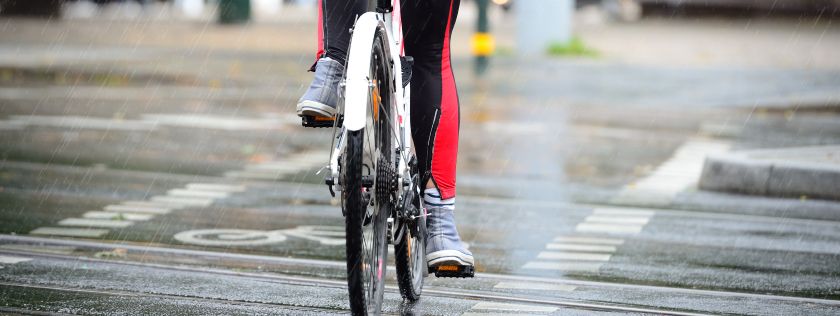Injured by defective bike - what are your legal rights?

We are all aware of the benefits of cycling with many people taking up cycling during COVID-19 pandemic.
Fresh air and increased cardiovascular activity - cycling is the perfect way to take advantage of outdoor exercise. As a means of getting around and running essential errands, it is also kinder to our environment.
However, over the years our product liability and consumer law experts at Digby Brown have dealt with an alarming number of injury cases caused by bike defects which came to light either the same day the bike left the shop or in the months that followed.
Defective bike injuries and the law
Bikes are often supplied to customers in an unsafe state, whether from manufacturing defects, faulty hire bikes or as a result of poor bike assembly in store from some of the most trusted names in cycle sales such as Halfords, Evans Cycles and Go Outdoors.
However, there are laws in place to help people who suffer injuries or losses as a result of defective products - including bikes.
Consumer Protection Act 1987
Under this legislation, the producers of a defective bike will be liable for any injuries or losses caused by its use.
This liability covers anyone injured, not just the person who purchased it. This means a friend or family member using someone else’s bike can still make a claim.
To succeed under the Consumer Protection Act, you must show that the bike was defective at the point the producer supplied it.
How can you prove bike is defective?
At Digby Brown, we work with experienced cycle engineers to help us to identify defects and comment on whether the user ought to have expected better, in terms of safety.
Consumer Rights Act 2015
This legislation replaces the Sale of Goods Act 1979. It makes it a term of any contract of sale that goods, including bikes, are of satisfactory quality, especially with regard to safety.
If a bike is not suitably safe and causes injury, then the bike seller will be liable.
Like the Consumer Protection Act, it is necessary to show that the bike was not safe at the point of supply.
If a defect arises within the first six months it is presumed by law that it was present at the point of supply.
Protection under the Consumer Rights Act is limited to those who have entered into a contract for supply of goods, but this does extend to cover contracts for hire. For example, if people hire a bike from Nextbikes, this bicycle usage will be covered under the Consumer Rights Act 2015.
Top tips for dealing with a faulty bike:
- Take photos of the bicycle fault and injuries: If you are involved in an accident with a faulty bike, it is absolutely vital that you take photos of the broken or faulty part of the bike, any damaged cycle gear and of your injuries. The photos of the injuries can be important because during the current restrictions, access to medical treatment may be more limited. In particular, make sure to check the wheels, forks, quick release, chain, brakes and gears to better determine what has gone wrong.
- Do not return the bike before taking legal advice: If you have a faulty bike, do not return it to the bike seller. They may try to make this sound appealing by offering you a replacement bike or credit note, but this will result in a loss of evidence and could make it more difficult to prove that the accident arose as a result of a bicycle defect. In our experience, they will later state that the bike cannot be located for inspection and will rely on an initial inspection report to the effect that the bike was not defective.
- Retain proof of bike purchase: If you are the owner of the bike, try to find your proof of purchase. You should have been given a receipt by the bike seller. If you ordered online, you may have received an order confirmation by email. If you paid by debit or credit card, the transaction will be recorded on your bank statements.
- Take a note of any witness details: In all cases, if there are any witnesses to the accident and how it happened or what caused it, try to get their contact details as soon as possible.
These simple steps can help provide the necessary evidence needed to prove fault and ensure a legal claim against a manufacturer or retailer is successful.
